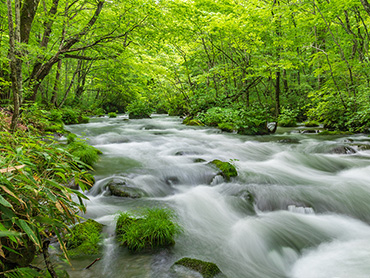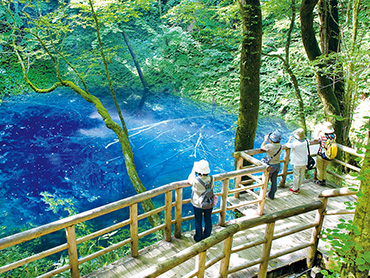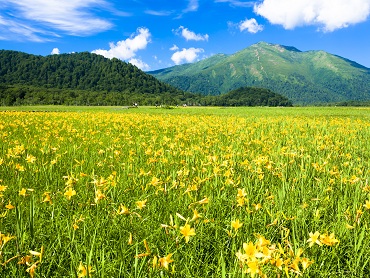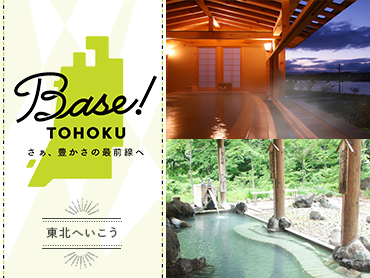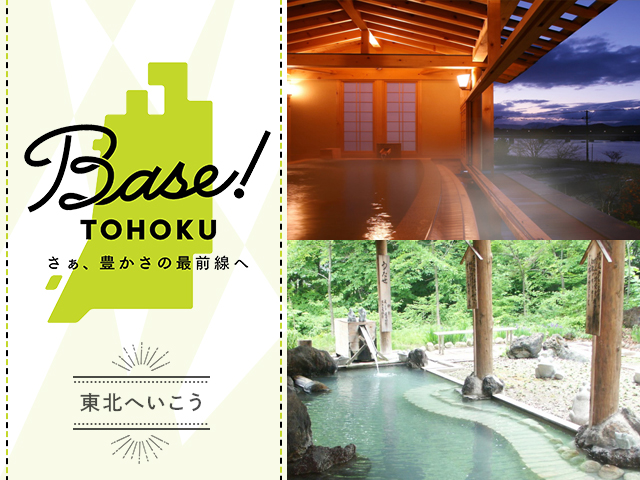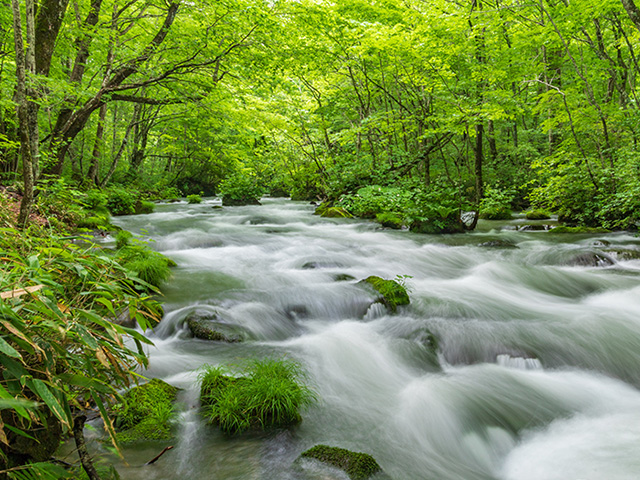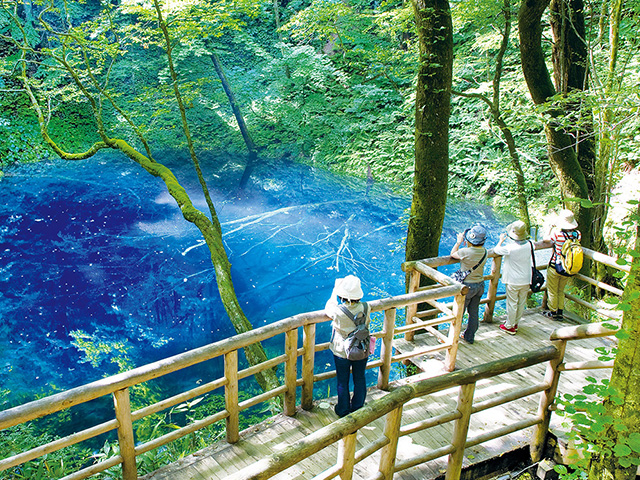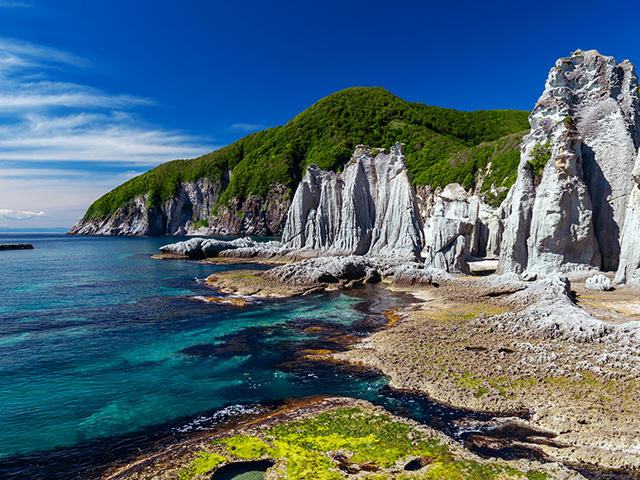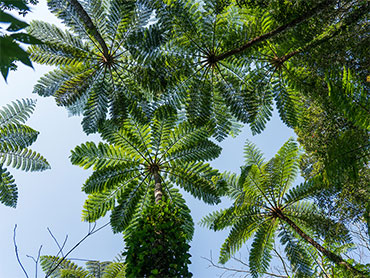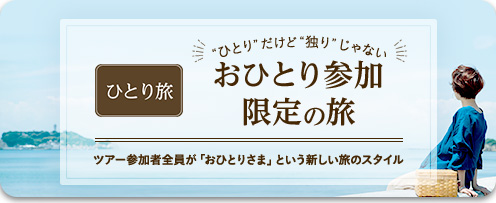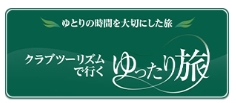[Departing from Osaka, Kyoto, Nara, Shiga] Aomori trip/ Aomori tour
![[Departing from Osaka, Kyoto, Nara, Shiga] Aomori trip/ Aomori tour](/ct/japan/todoufuken/tohoku/aomori/images/h_main_pc_01.jpg)
![[Departing from Osaka, Kyoto, Nara, Shiga] Aomori trip/ Aomori tour](/ct/japan/todoufuken/tohoku/aomori/images/h_main_sp_01.jpg)
Search by conditions
Ranking of popular tours to Aomori departing from Osaka, Kyoto, Nara, and Shiga
Search by popular destinations and themes
Search by date and destination
Click on the date on the calendar
*Clicking a date on the calendar will change its color and select it.
To select a specific period, click the first and last dates.
transportation
Search by recommended spots
Oirase Stream

奥入瀬渓流(イメージ)
十和田湖から流れ出る奥入瀬川。岩や樹林をかき分け、滝や清流を成しながら、十和田湖畔・子ノ口から焼山まで約14km続く流れが奥入瀬渓流です。特別名勝、天然記念物として国の指定を受け保護されており、滝や清流、岩など、たくさんの見所があります。

